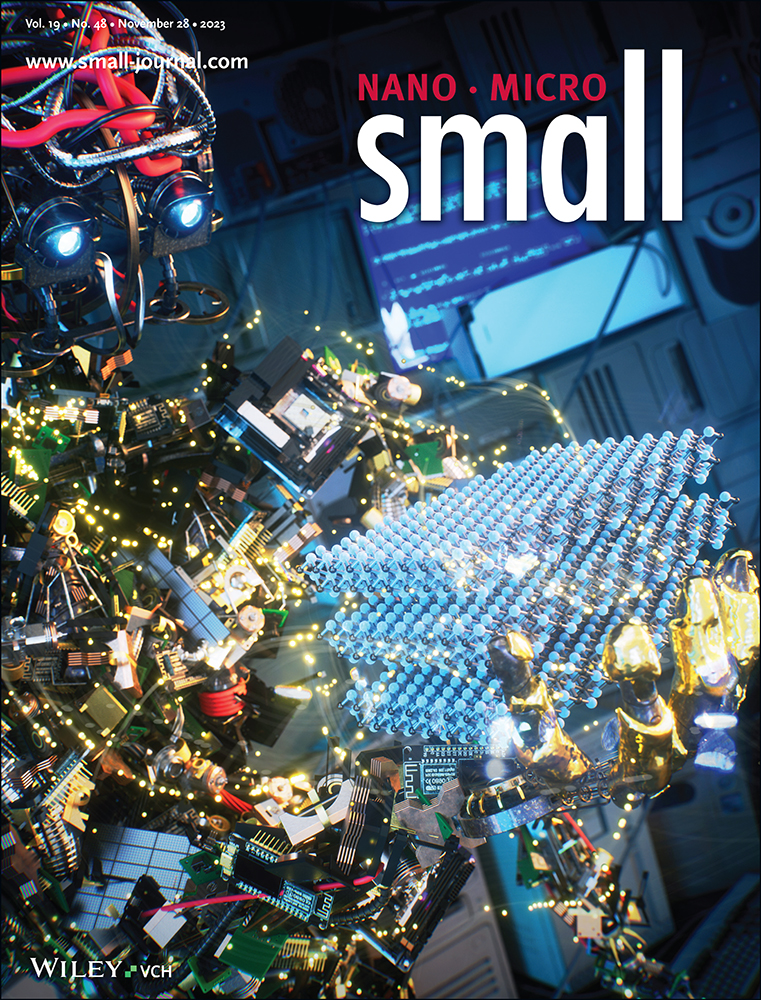Hydrophobic and Homogeneous Conductive Carbon Matrix for High-Rate Non-Alkaline Zinc-Air Batteries
Abstract
Non-alkaline zinc-air batteries (ZABs) that use reversible O2/ZnO2 chemistry exhibit excellent stability and superior reversibility compared to conventional alkaline ZABs. Unlike alkaline ZABs, ZnO2 discharge products are generated on the surface of the air cathodes in non-alkaline ZABs, requiring more gas–liquid–solid three-phase reaction interfaces. However, the kinetics of reported ZABs based on carbon black (CB) is far from satisfactory due to the insufficient reaction areas. The rational structural design of the air cathode is an effective way to increase active surfaces to further enhance the performance of non-alkaline ZABs. In this study, multi-walled carbon nanotubes (MW-CNTs) with unique mesoporous structures and high pore volumes are selected to replace CB in the air cathode preparation. Due to the larger electrochemically active surface area, superior hydrophobicity, and uniform electroconductibility of MW-CNTs-based cathodes, primary ZABs exhibit high specific capacity (704 mAh gZn−1) with a Zn utilization ratio of 85.85% at 1.0 mA cm−2, excellent discharge rate performance, and negligible self-discharge. Furthermore, rechargeable ZABs also demonstrate outstanding rate capability and excellent cycling stability at various current densities. This work provides a fundamental understanding of the criteria for the cathode design of non-alkaline ZABs, thus opening a new pathway for more sustainable ZABs.
Conflict of Interest
The authors declare no conflict of interest.
Open Research
Data Availability Statement
The data that support the findings of this study are available in the supplementary material of this article.




